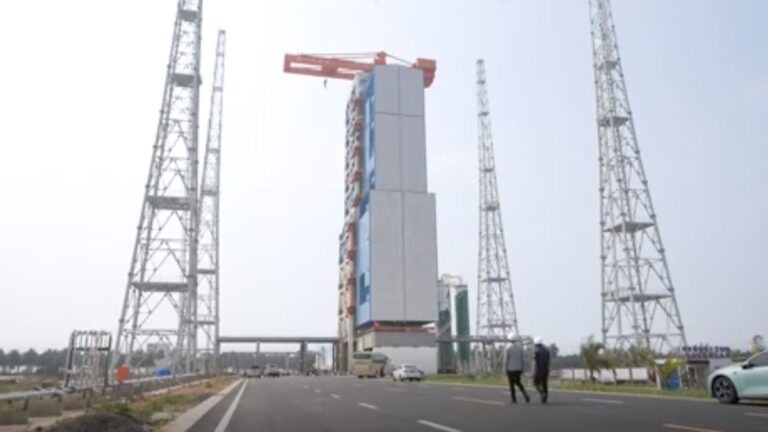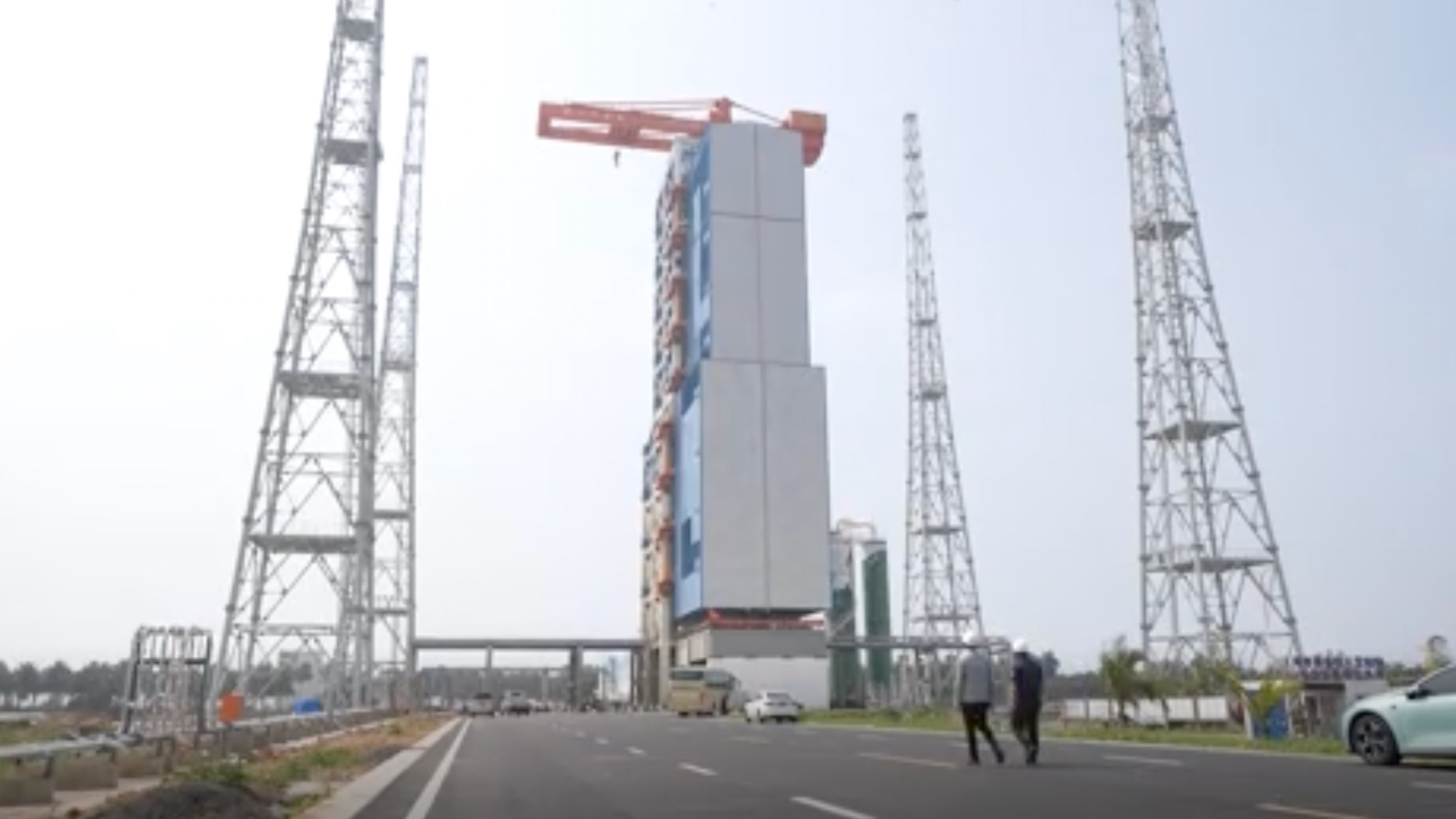
[ad_1]
China is making progress on two new pads for commercial space launches from the island of Hainan.
Launch Pad Number 1 at Hainan International Commercial Space Launch Center was completed late last year, while progress on a second pad has entered the equipment-installation phase and will be completed by the end of May.
The first pad will support high-frequency launches of the Long March 8 rocket. The second is designed to facilitate the launches of 19 different rockets operated by nine companies.
Related: China will launch giant, reusable rockets next year to prep for human missions to the moon

Together, the new launch pads will allow China to provide greater access to facilities for emerging commercial companies and increase its launch rate. They also give China another coastal spaceport (in addition to the Wenchang complex, also on Hainan), which means launch debris will fall into the ocean rather than on land, as occurs from the country’s older, inland spaceports.
“Both Launch Pad No. 1 and Launch Pad No. 2 have been meticulously designed to accommodate over 10 different types of rockets from nine manufacturers,” Bian Pengfei, project manager of Launch Pad 2, Hainan International Commercial Space Launch Co., Ltd., told China Central Television (CCTV).
“By maximizing the number of rocket launches, economies of scale can be achieved, leading to lower overall costs per launch. To optimize efficiency, both launch pads have been specifically designed to facilitate up to 16 launches per year, ensuring the maximum utilization of the facilities.”
China’s commercial companies — such as Landspace, Space Pioneer and Galactic Energy — have so far been restricted to launching from Jiuquan in the country’s northwest. A handful of commercial launches have also been supported by sea launch facilities in Shandong province.
The country aims to launch around 100 times this year, with commercial launch providers to account for around 30 of these. The new pads and rocket companies could play a part in China’s plans to launch its own megaconstellations, like Starlink, SpaceX’s giant satellite-internet network in low Earth orbit.
[ad_2]